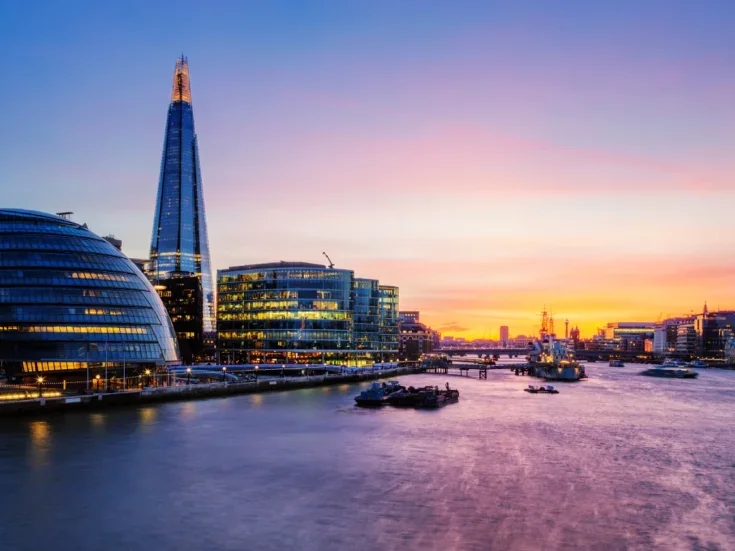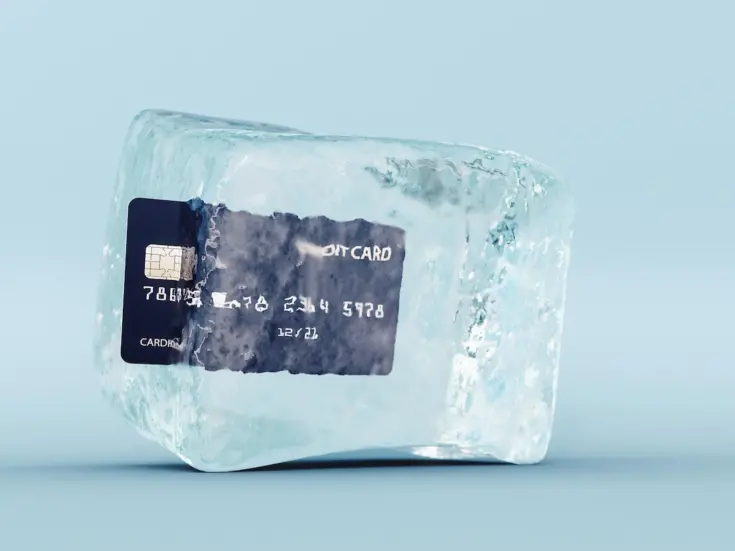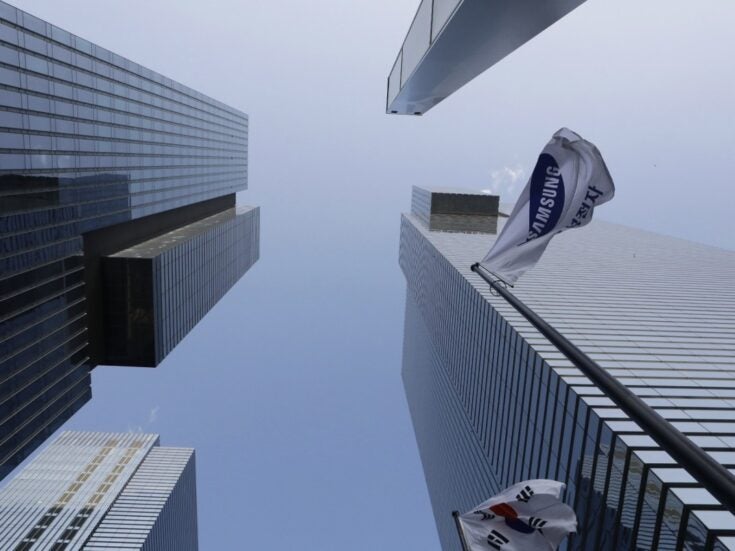
Washington state is a rare gem and a strong contender in the wine world, writes Jonathan Ray
I had no idea I liked Merlot as much as I did until I went to Washington state. Nor had I grasped that Grenache could be so complex, so rich and, well, so bloody drinkable. Nor even that Syrah could perform so beautifully outside either the Rhône Valley or that tiny Syrah sweet spot in New Zealand, the Gimblett Gravels. Indeed, my recent visit to America’s Pacific Northwest proved to be nothing if not eye-opening.
Washington is America’s second-largest wine producing state, behind California (admittedly a long way behind), and the second largest when it comes to premium wine too. Vines were first planted in 1825 by the Hudson’s Bay Company at Fort Vancouver and a century later there were 42 wineries in Washington; today there are more than 900, with 40 per cent of vineyards planted in the past ten years. I gather that a new winery opens every 15 days and winemaking in Washington has become a $4.4 billion industry.
I’m not surprised, because the soil and climate are absolutely spot-on, with hot days and cool nights giving New World fruit and Old World structure. Why else would titans such as Ernst Loosen (the magician of the Mosel) and Piero Antinori (of Tuscany’s Tignanello and Solaia) be falling over themselves to make wine here?
‘Washington can stand shoulder to shoulder with any wine region in the world,’ maverick winemaker Charles Smith told me at the Jet City Winery in Seattle. ‘We grow top-quality fruit and our wines have elegance and restraint. We’re still young as a region, but there’s nowhere on earth I would rather make wine.’
Jet City Winery (which sits yards from the runway of Boeing Field, aka King County International Airport) is just one of many urban wineries in and around Seattle – a concept quite bizarre to those brought up on the idea that a winery sits in the middle of its own vineyards. Kerloo Cellars is another, as is Cadence Winery, plus WT Vintners in nearby Woodinville, situated in an industrial unit alongside a printer repair shop, a plumber and a flooring company.
Fruit is trucked in from the vineyards of eastern Washington and vinified here. It was a full two days of visiting wineries before I saw a vineyard – that of Château Ste Michelle, the largest in all America.
Cabernet Sauvignon, Merlot, Syrah, Riesling and Chardonnay are Washington’s prime varieties, and top producers to look out for include the above plus DeLille, Cote Bonneville, Two Vintners, Abeja, Leonetti, Northstar, Woodward Canyon, L’Ecole No 41, Long Shadows, Cayuse and Sleight of Hand.
The wines are pricey and hard to find (apart from Ste Michelle, production is tiny) but well worth the cost and the effort. I can’t remember the last time I visited a wine region and enjoyed its wines so consistently. Do seek them out.









